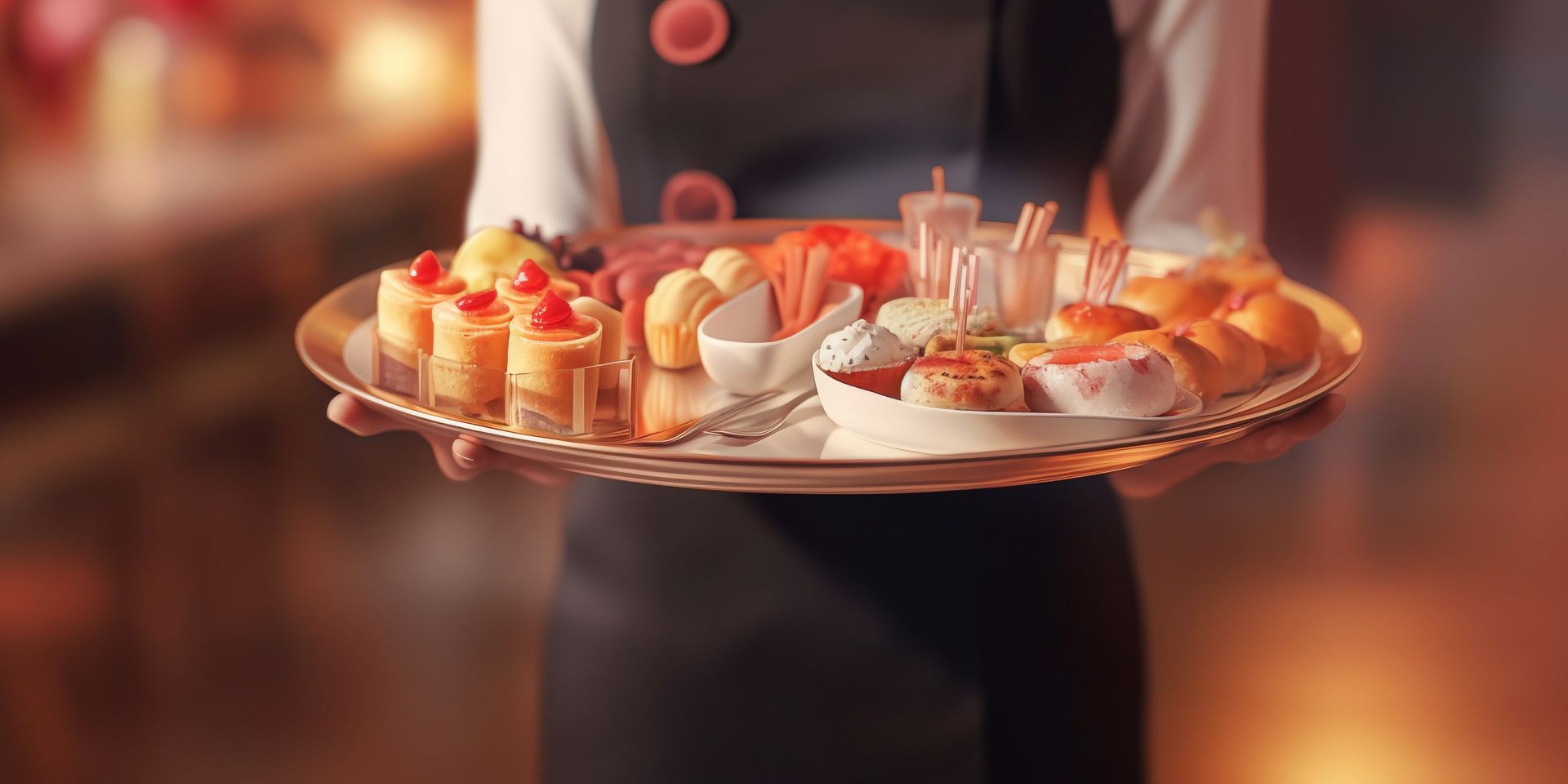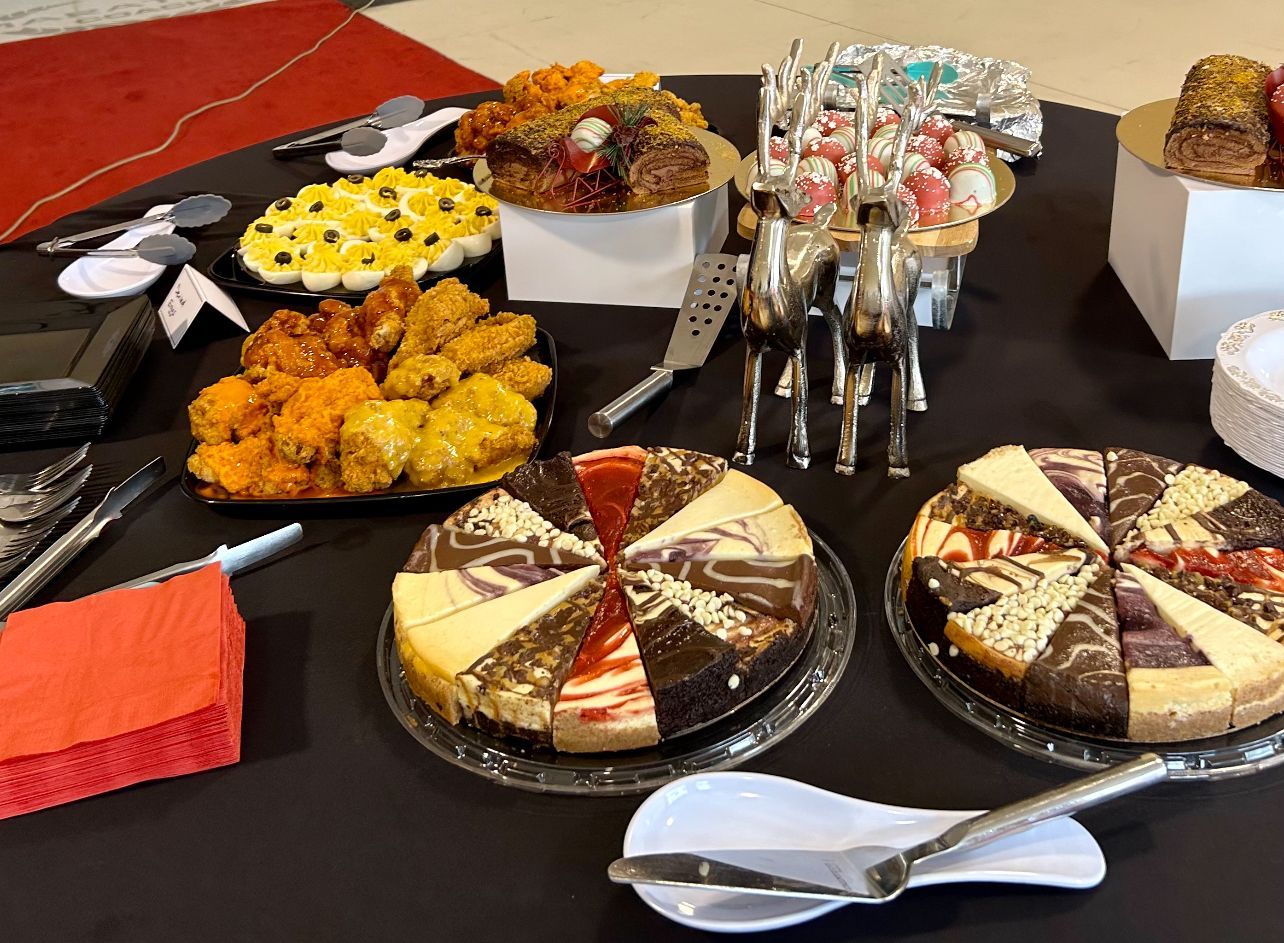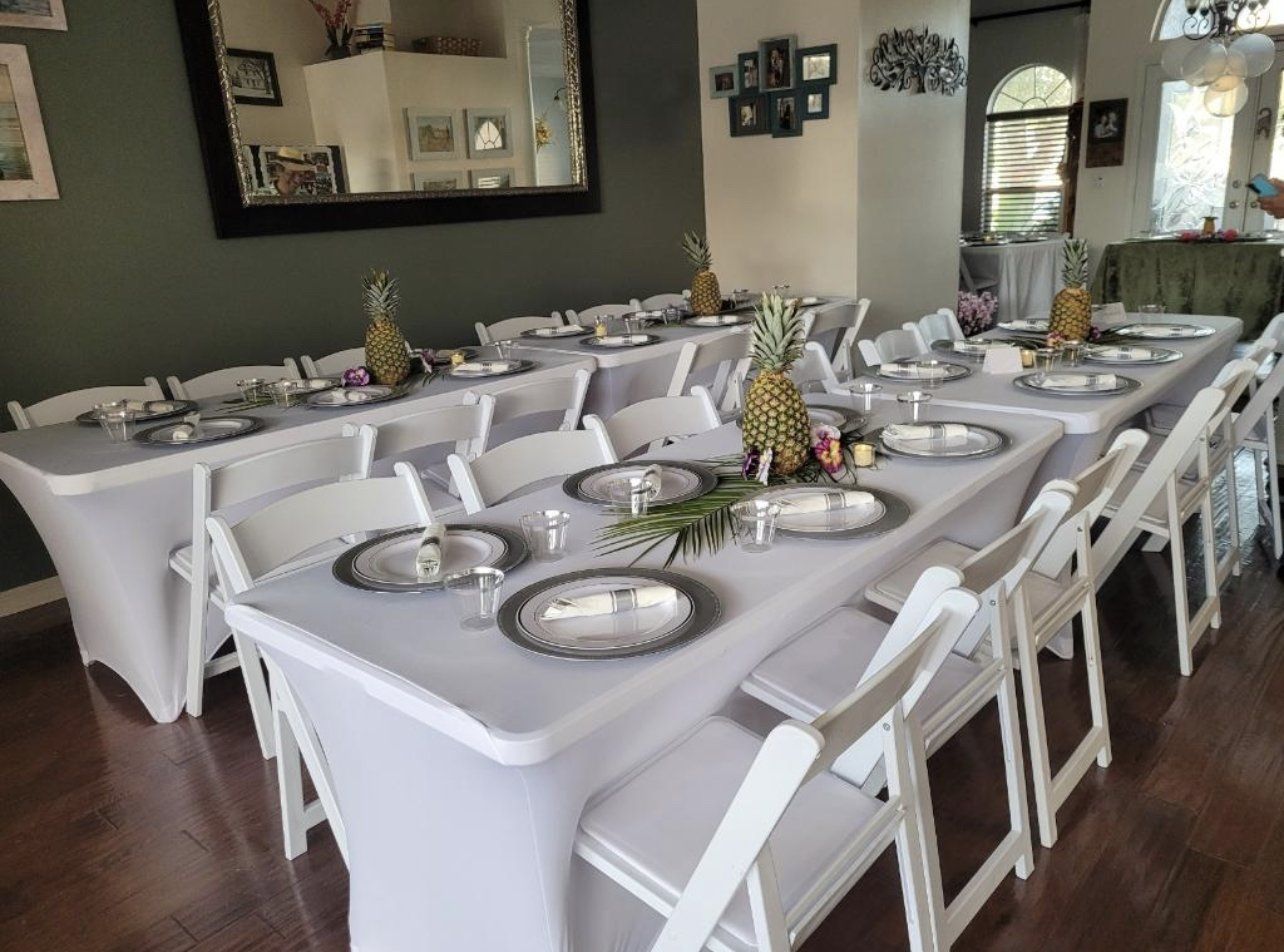Tips for Planning the Perfect Event Menu: Catering to Occasion, Dietary Preferences, and Guest Demographics
Crafting Culinary Experiences Tailored to Your Event:
A Comprehensive Guide to Event Menu Planning

Introduction
When it comes to planning a successful event, one of the most critical elements is undoubtedly the menu. The food and beverages served can leave a lasting impression on your guests and significantly impact their overall experience. Whether you're organizing a wedding, corporate gathering, birthday party, or any other special occasion, crafting the right menu is key. In this comprehensive guide, we will walk you through the process of planning the perfect event menu, taking into account the occasion, dietary preferences, and guest demographics.
1. Understanding the Occasion
Before diving into menu options, it's crucial to understand the nature of the event. The menu for a formal corporate dinner will differ vastly from that of a casual backyard barbecue. Consider the following factors:
- Formality: Is the event formal, semi-formal, or casual? The menu should align with the event's overall tone and atmosphere.
- Theme: If the event has a specific theme, try to incorporate it into the menu. For instance, a Hawaiian luau-themed menu would include tropical flavors and dishes.
- Time of Day: The time of day can influence the types of dishes served. Breakfast events might feature pastries and coffee, while evening affairs could showcase a range of appetizers and entrées.
2. Tailoring to Dietary Preferences
In today's diverse culinary landscape, accommodating dietary preferences is essential to ensure that all guests can enjoy the meal. Here's how to navigate this aspect:
- Allergies and Restrictions: Gather information about any allergies or dietary restrictions your guests might have. Common concerns include gluten intolerance, nut allergies, and vegetarian/vegan preferences.
- Offer Diverse Options: Create a menu that offers a variety of choices, including dishes that cater to different dietary needs. This ensures that every guest can find something they can enjoy.
- Clear Labeling: If possible, label each dish with its ingredients to help guests make informed choices, especially if they have dietary concerns.
3. Analyzing Guest Demographics
Understanding your guest demographics is crucial for creating a menu that resonates with the attendees. Consider the following factors:
- Cultural Background: If your guest list includes individuals from diverse cultural backgrounds, consider incorporating dishes that reflect their heritage.
- Age Group: Different age groups might have varying preferences. Younger attendees might appreciate trendy or fusion options, while older guests might prefer classic choices.
- Geographical Origin: If your guests come from various regions, offer a blend of local and international flavors to cater to different tastes.
4. Creating a Balanced Menu
A well-balanced menu ensures that there's something for everyone while maintaining a cohesive culinary experience. Here's how to achieve balance:
- Appetizers: Begin with a selection of appetizers that range from light to indulgent. Include options like salads, finger foods, and small bites.
- Main Courses: Offer a mix of main course options, including meat, seafood, and vegetarian dishes. This variety prevents guests from feeling limited in their choices.
- Side Dishes: Complement the main courses with a variety of side dishes, such as vegetables, starches, and grains.
- Desserts: End the meal on a sweet note with a diverse dessert spread. Include both rich and lighter options to cater to different preferences.
5. Collaborating with Professional Chefs
If your event is significant, consider enlisting the expertise of professional chefs or caterers. They can provide valuable insights into menu planning, ensuring that the dishes are not only delicious but also well-executed.
- Customization: Professional chefs can tailor the menu to suit your event's specific requirements and provide suggestions based on their culinary expertise.
- Presentation: Chefs can offer innovative presentation ideas that enhance the visual appeal of the dishes, contributing to the overall dining experience.
6. Sampling and Feedback
Before finalizing the menu, conduct taste tests and gather feedback from a diverse group of individuals. This step can help you identify any potential issues and make necessary adjustments.
- Taste Test: Organize a tasting session with a selection of dishes you're considering. This allows you to gauge the flavors, textures, and overall quality of the food.
- Diverse Feedback: Invite people with different taste preferences to provide feedback. Their insights can help you refine the menu and ensure its broad appeal.
Conclusion
Crafting the perfect event menu is an art that requires careful consideration of the occasion, dietary preferences, and guest demographics. A well-thought-out menu not only satisfies guests' appetites but also contributes to the overall success of the event. By understanding the event's nature, accommodating dietary needs, considering guest demographics, and seeking professional expertise, you can create a menu that leaves a lasting impression and ensures a memorable dining experience for all attendees. So, whether you're planning a corporate gala, a wedding celebration, or a family reunion, let your menu be a reflection of care, creativity, and culinary excellence.







